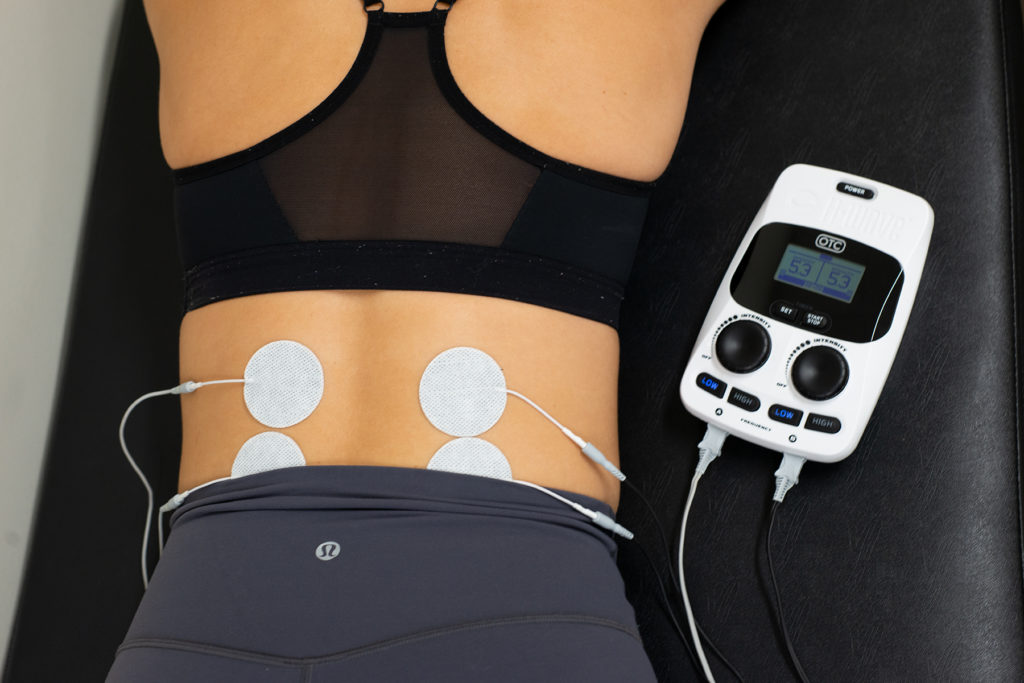Simple Breathing Exercise as The First Step Towards Treating Pain
During this time when many of us are in self-quarantine, we’re finding that we’re simply not moving as much as we used to. In addition, we don’t have access to all of the treatments and therapeutics we previously utilized to manage chronic or persistent pain. However, there are still options available such as H-Wave.
H-Wave is a portable treatment for pain and rehabilitation that you can use while staying at home. Dr. Kelly Starrett (DPT) points out that there are usually two fundamental goals when treating pain:
- To get immediate pain relief so you can start to move again
- To experience “movement without motion” in order to retrain your brain and body to not be fearful of movement
H-Wave accomplishes both of these. It provides effective on-demand pain relief with its high frequency setting; and creates non-fatiguing muscle contractions (movement without motion) which increases circulation and lymphatic drainage through its low frequency setting. By utilizing both settings, H-Wave can help you move more and participate in the activities you love, which you may not be doing because of your pain.

As an adjunct therapy to H-Wave, Dr. Starrett emphasizes the importance of incorporating a breathing exercise into your routine. He provides insight into how we move and breath when in pain, and what we can do to move more without the fear of pain.
Breathing is one of the most basic exercises you can do when dealing with a complex pain syndrome. A breathing exercise allows us to have movement in the spine without loading the spine. This gets motion to the tissues, nerves and joints without exposing ourselves to those over-sensitized painful positions.
However, when working with chronic pain patients, Dr. Starrett finds that one of the first things they alter is their breathing mechanics. “If you’ve ever had back pain, you know that it’s difficult to take a deep breath in sometimes, which is why we alter our breathing.” This can actually trigger the brain to think that you’re in a “highly stressed state.”
In the video below, Dr. Starrett provides an example of a basic breathing exercise that anyone in pain can benefit from, especially those with low back pain.
Breathing Basics:
- Lay on your back in a position of relaxation
- Work on 1-minute breathing intervals, taking a long deep breath in then letting it out quickly
The Ultimate Goal is that with each breath you get more air into your entire system, which allows for expansion and contraction of the spine. This creates small micromovements in order to restore range of motion and get non-threatening movement into the spine. Your brain will start to think differently about your spine and the surrounding tissues . . that it’s ok to move since it’s not causing pain.
By developing a simple mechanical breathing exercise, you get movement into your system without actually having to move, while in a position that’s non-threatening. With these exercises, you’re building tolerance, movement, and reclaiming elasticity around the spine, which will change how the brain is perceiving what’s going on in the body, via the breath.
You may also like:
Movement without Motion | Kelly Starrett, DPT
Modalities for Effective Chronic Pain Relief to Use At-Home | Dr. Wajde Dabah
Simple Steps To Manage Your Pain While At Home | Kelly Starrett, DPT